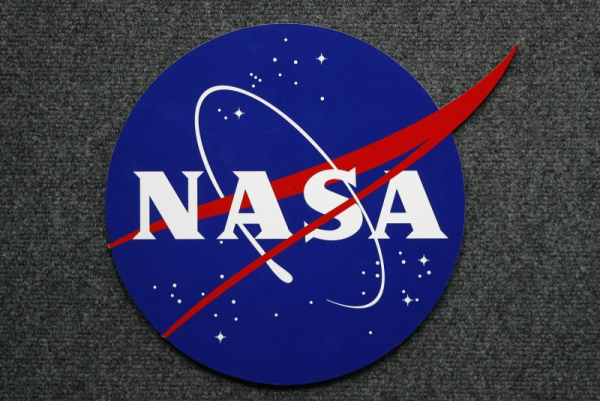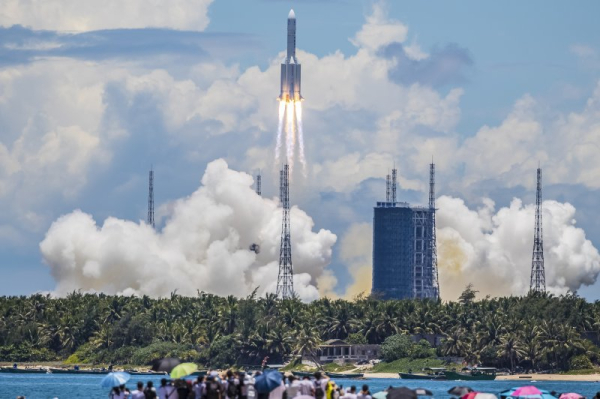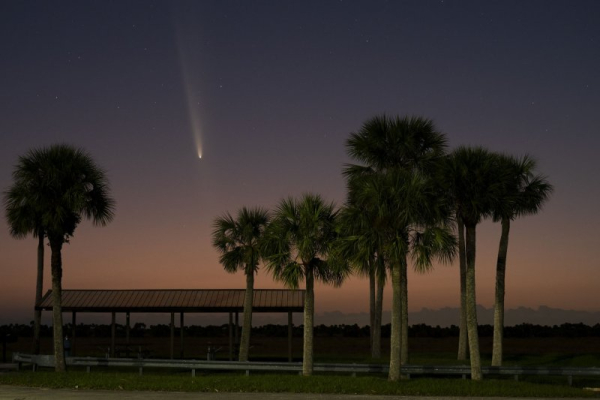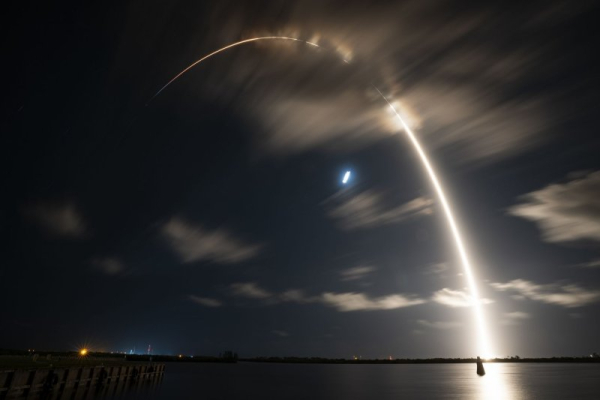
NASA has made the first observations of interstellar comet 3I/ATLAS using the James Webb Space Telescope.
On August 6, the spacecraft's near-infrared spectrograph examined the object, collecting data on its dimensions, physical characteristics, and chemical composition.
Such studies contribute to our understanding of the conditions under which cometary systems like 3I/ATLAS form.
As predicted, the celestial body is releasing gases as it gets closer to the Sun.
Scientists have established the presence of carbon dioxide, water, water ice, carbon monoxide and hydrogen sulfide with a characteristic odor.
The carbon dioxide to water ratio has been recorded to be the highest ever recorded in a comet, indicating the presence of icy structures that have been exposed to intense radiation.
The researchers hypothesized that the comet may have formed in a “carbon dioxide ice zone.” Previously obtained data also suggested that its age could be approximately 7 billion years.
The initial detection of the object occurred on July 1 thanks to NASA's Asteroid Threat Monitoring System.
Sourse: www.upi.com





